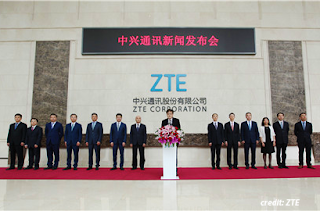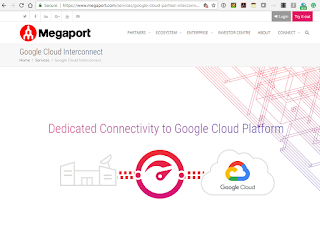Verizon is using SDN to combine all of its existing service edge routers for Ethernet and IP-based services onto a single platform. Verizon is working with Cisco and Juniper on this new multi-service edge. The solution features a disaggregated control plane and leverages external compute to enhance the capabilities of that control plane beyond that of a traditional router.
 “Software defined networking continues to deliver on its promise to improve network management and also enables us to be more nimble in the ways we serve our customers,” said Michael Altland, director, Network Infrastructure Planning, at Verizon. “By decoupling the control plane from a carrier-grade provider edge routing platform and moving it to general compute servers, we can serve our consumer and enterprise customers from the same platform, giving them all the functionality they need, while running our networks far more efficiently. This will also allow us to take advantage of future advances in server technology as our networks continue to grow.”
“Software defined networking continues to deliver on its promise to improve network management and also enables us to be more nimble in the ways we serve our customers,” said Michael Altland, director, Network Infrastructure Planning, at Verizon. “By decoupling the control plane from a carrier-grade provider edge routing platform and moving it to general compute servers, we can serve our consumer and enterprise customers from the same platform, giving them all the functionality they need, while running our networks far more efficiently. This will also allow us to take advantage of future advances in server technology as our networks continue to grow.”
“Verizon continues to cross key milestones in transforming its networking practices to maximize performance and simplify operations,” said Sumeet Arora, senior vice president of engineering, Service Provider Business, Cisco. “With this new flexibility, Verizon can develop and launch innovative services for its customers faster, with improved efficiency.”
“Next-generation services that require low latency and real-time response are moving closer to users at the network edge, creating new gains in performance and business agility,” said Bikash Koley, chief technology officer, Juniper Networks.
 “Software defined networking continues to deliver on its promise to improve network management and also enables us to be more nimble in the ways we serve our customers,” said Michael Altland, director, Network Infrastructure Planning, at Verizon. “By decoupling the control plane from a carrier-grade provider edge routing platform and moving it to general compute servers, we can serve our consumer and enterprise customers from the same platform, giving them all the functionality they need, while running our networks far more efficiently. This will also allow us to take advantage of future advances in server technology as our networks continue to grow.”
“Software defined networking continues to deliver on its promise to improve network management and also enables us to be more nimble in the ways we serve our customers,” said Michael Altland, director, Network Infrastructure Planning, at Verizon. “By decoupling the control plane from a carrier-grade provider edge routing platform and moving it to general compute servers, we can serve our consumer and enterprise customers from the same platform, giving them all the functionality they need, while running our networks far more efficiently. This will also allow us to take advantage of future advances in server technology as our networks continue to grow.”“Verizon continues to cross key milestones in transforming its networking practices to maximize performance and simplify operations,” said Sumeet Arora, senior vice president of engineering, Service Provider Business, Cisco. “With this new flexibility, Verizon can develop and launch innovative services for its customers faster, with improved efficiency.”
“Next-generation services that require low latency and real-time response are moving closer to users at the network edge, creating new gains in performance and business agility,” said Bikash Koley, chief technology officer, Juniper Networks.


















































